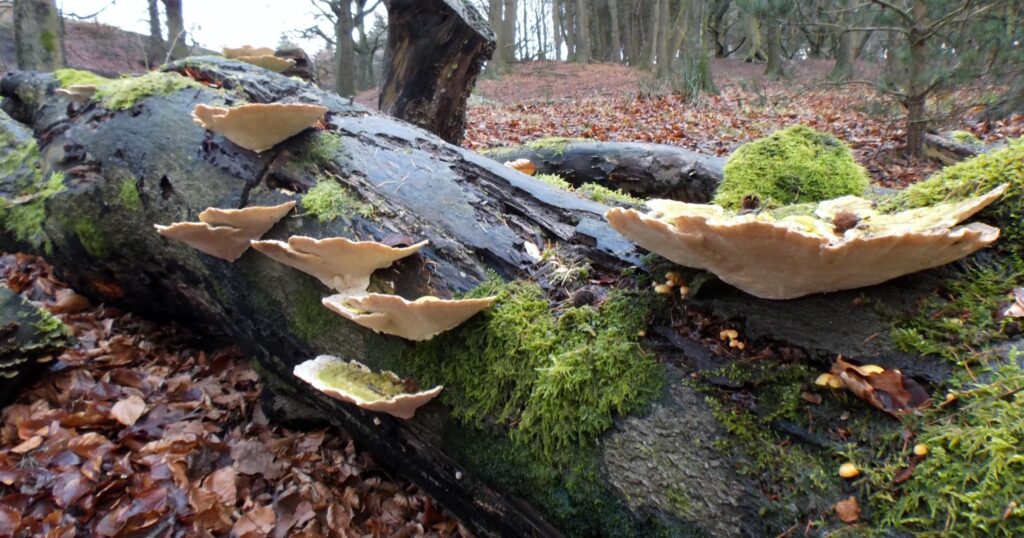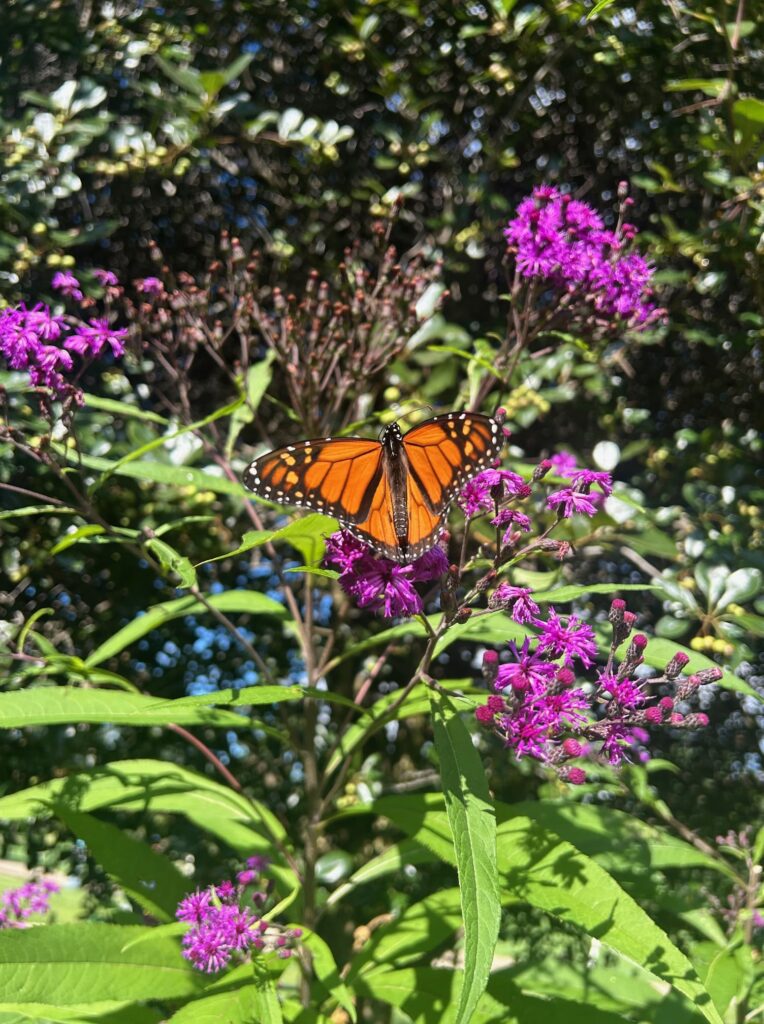Displacement and relocation from protected areas is an important concern in Asia. Policies to create new parks or strengthen enforcement in existing ones, nationa-lise forest reserves, and implement stricter conservation rules on private lands under the guise of biodiversity or watershed management, have been resulting in significant relocations and dislocations of people.
In Thailand, for example, more than half a million hill-dwellers have been blamed for deforestation and damage to watersheds and threatened with relocation. Smaller scale resettlement projects, such as those around local protected areas, often affect hundreds to thousands of people every year in countries like Indonesia, Thailand, Laos and Vietnam.
However, it is important to ask whether there is any evidence that relocation actually has a positive effect on the conservation of protected areas. Examples from Vietnam show that, in fact, relocation does not necessarily provide the grounds for better biological integrity. This is primarily because relocation of local populations has often entailed their being replaced by other groups—hunters and poachers, immigrants, or other business interests—that have a far greater negative impact on protected areas than the original populations. An example of this process can be seen at Cuc Phuong National Park in North Vietnam, where around a thousand people (members of ethnic minorities, mostly Muong ) were relocated out of the park in the 1980s because they were perceived to be a threat. In 2000, the government decreed that a new national highway running north-south linking Hanoi to Ho Chi Minh City would be built, and that it would need to bisect Cuc Phuong. The road was planned to run straight through some areas of the park that had previously been ‘saved’ by the relocation of Muong villages. Despite protests from park managers, environmentalists, and even some politicians, the plan was approved and construction commenced.
There are numerous other examples from Vietnam where resident local (often indigenous) peoples were either excluded from park resources or resettled, only to be replaced by others. For example, around the Song Thanh Nature Reserve in central Vietnam, indigenous Katu have been losing their traditional hunting and forest product collecting grounds as reserve borders are increasingly being enforced. At the same time that the Katu are being excluded, recent reports indicate that large numbers of ethnic Vietnamese hunters from outside the province have moved in and are bribing guards to let them hunt, while in another part of the reserve a gold mining company has been given a license to operate. Park rangers often turn a blind eye to the hunters and gold miners because they can be bribed to do so, while the Katu, who enter the park to obtain subsistence goods, do not have the cash to pay the guards. The Katu then become the target of interdiction, and perhaps further resettlement in the future.
Resettlement is presented as a ‘solution’ to perceived localised threats to protected areas. However, I argue strongly that there is very good evidence, particularly from Vietnam, that blaming internal populations for threats to parks, rather than external economic and political factors, is misguided. Resettlement is frequently used as a tool to disempower (often minority or marginalised) local people who occupy valuable lands or strategic places, while empowering stronger actors such as local governments, state agencies, and private development interests. These processes have long existed, but now often come under the name of ‘conservation.’
Originally published as:
McElwee, P.D. 2006. Displacement and Relocation Redux: Stories from Southeast Asia. Conservation
and Society 4(3): 396–403.





